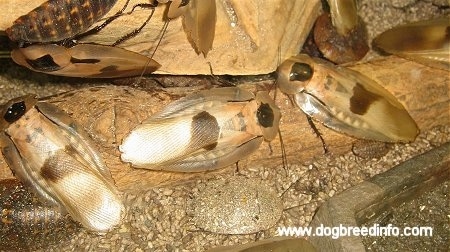
Any of numerous oval, flat-bodied insects of the family Blattidae, including several species that are common household pests.
These giant cockroaches (Blabberous gigantes) are native to South America and are among the largest roaches in the world. They are scavengers, scanning the ground for any debris or litter they can munch on. They spend most of their time looking for food. They are omnivores, which means they will eat all kinds of things from animals to plant life, even other animals’ eggs. Basically these cockroaches will eat just about anything. They particularly like young shots and seedlings. Occasionally they will enter manmade structures looking for food.

Giant cockroaches (Blabberous gigantes)
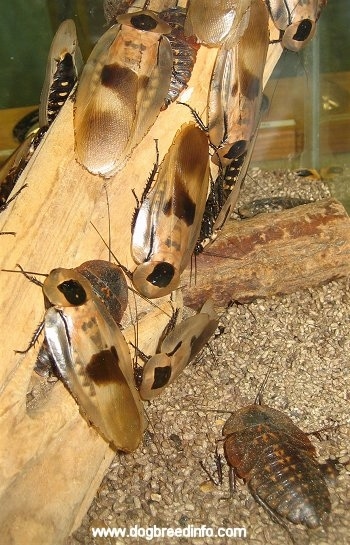
Giant cockroaches (Blabberous gigantes)
Some of the larger roaches can be found in warmer tropical climates.

Giant Peruvian roaches (Blattodea)—all cockroaches hatch from eggs.
The Peruvian roaches are able to hatch their eggs inside their bodies, so it appears they are giving birth to live young, when actually they are not. They live in and eat wood, digesting it with the same sort of protozoan in their digestive system that termites have.
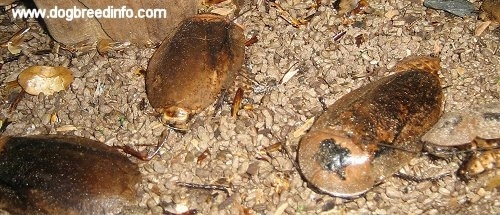
Giant Peruvian roaches (Blattodea)
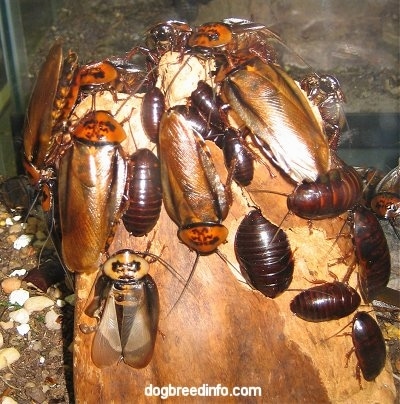
Orange-headed roaches

Death’s head roaches
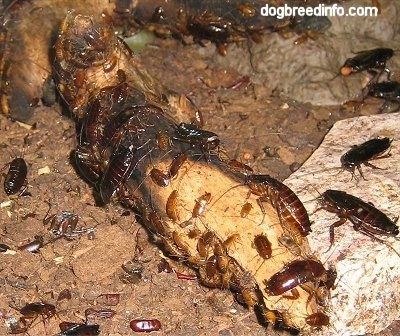
Oriental cockroaches
Oriental cockroach, nicknamed waterbug—Many people are allergic to a protein found in the cockroach’s droppings, old shells, saliva and body parts.
Oriental cockroach, nicknamed waterbug
Oriental cockroach, nicknamed waterbug
Oriental cockroach, nicknamed waterbug
Oriental cockroach, nicknamed waterbug
Oriental cockroach, nicknamed waterbug
Oriental cockroach, nicknamed waterbug
Oriental cockroach, nicknamed waterbug
Oriental cockroach, nicknamed waterbug
Oriental cockroach, nicknamed waterbug
Oriental cockroach, nicknamed waterbug
Oriental cockroach, nicknamed waterbug
Oriental cockroach, nicknamed waterbug